Search
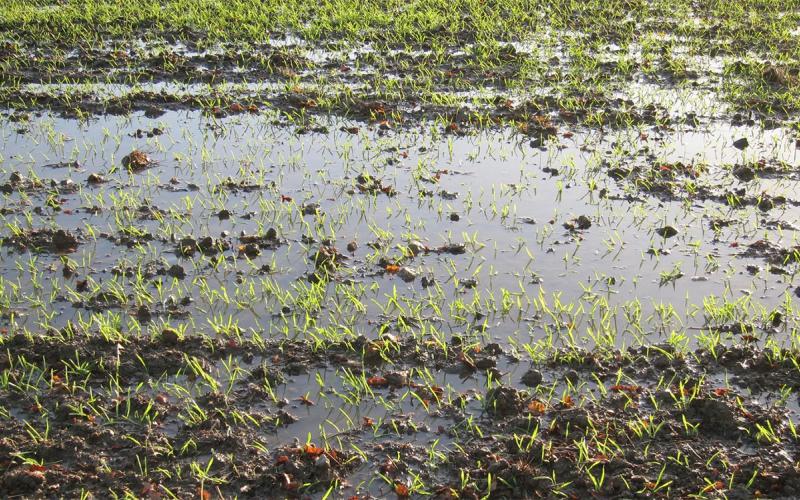
Effects of Spring Flooding in Winter Wheat
Every winter, growers are curious if their winter wheat will survive the winter. Learn some key factors that determine plant survival along with tips for assessing your fields this spring.
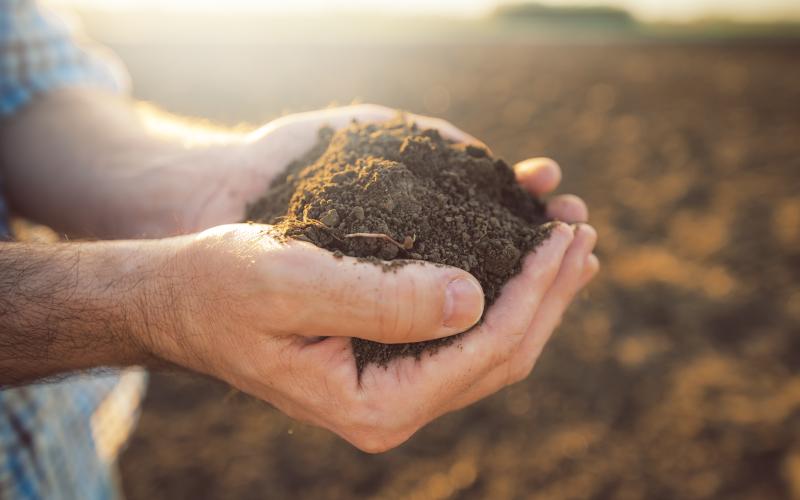
Fertilizer Recommendation Guide
SDSU Extension fertilizer recommendations are based on field research in South Dakota and neighboring states.
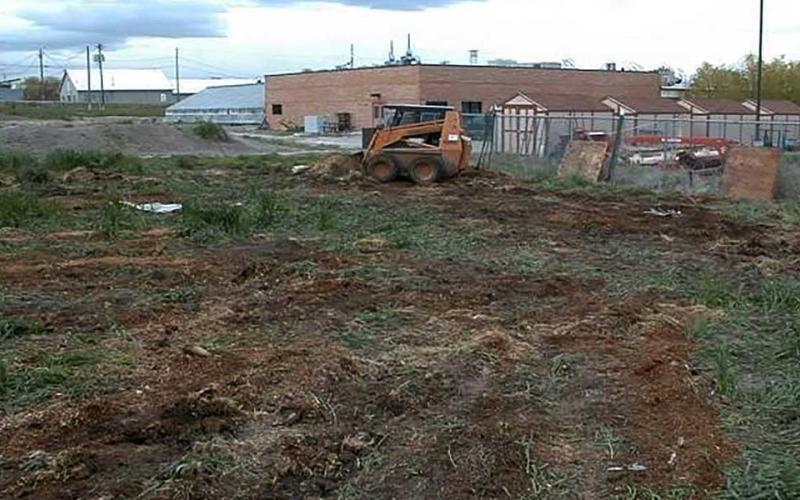
Guidelines for Livestock Carcass Disposal in South Dakota
Everyone who works with animals tries their best to keep all animals alive. In turn, they also know there will always be normal mortality. Proper carcass disposal is crucial in preventing the spread of disease and protecting the environment.
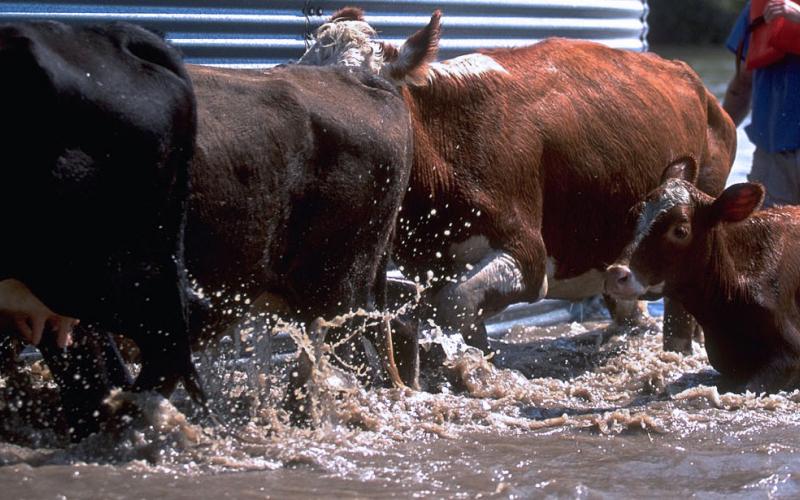
Managing Cow/Calf Pairs With Excess Spring Moisture
Flooding, blizzard conditions and excess snow can wreak havoc on livestock producers. While there is little one can do to stop the melting snow and rising waters, we can try to manage around the water by preparing alternative livestock and feeding areas.

Implications of Excessive Soil Moisture for Disease Development in Winter Wheat
Although it is too early to start thinking about disease issues in winter wheat at this time, current flooding in some areas may have implications on diseases that may develop on winter wheat.

Plant Growth Regulator Reduces Height, Lodging in Oats
With the goal of reducing lodging in oats, SDSU Extension and a research team initiated a multi-location trial in 2018 growing season to study the effects of plant growth regulator (PGR) on oat performance.

Ferns: A Classic Shade Garden Plant
When people think of a natural, shady area in the woods, they probably expect to see ferns growing there. Ferns are commonly found where they get at least some sun during part of the day, or where they receive dappled sunlight most of the day.

Food Safety: During & After Flooding
In the event of flooding, having a plan in place for food safety is beneficial. Knowing how to determine if food is safe and how to keep food safe will help reduce the potential for food waste and reduce the risk of foodborne illness. Here are some tips to keeping your food safe.

Helping Kids Cope and Understand Disasters/Flooding
South Dakota and many of our neighboring states are experiencing flooding and natural disasters. How children experience traumatic events and how they express their lingering distress depends, in large part, on the children's age and level of development.
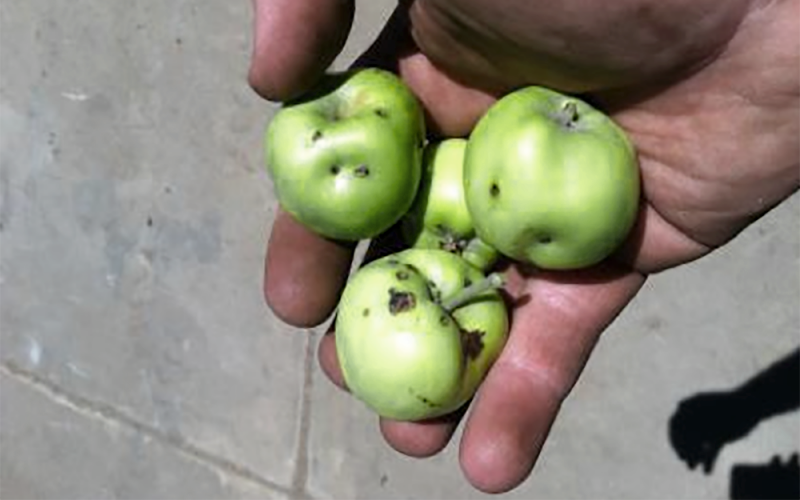
Apple Issues
Learn to identify and manage common apple tree issues including: apple maggot injury, apple scab, cedar apple rust, and fruit cracking.